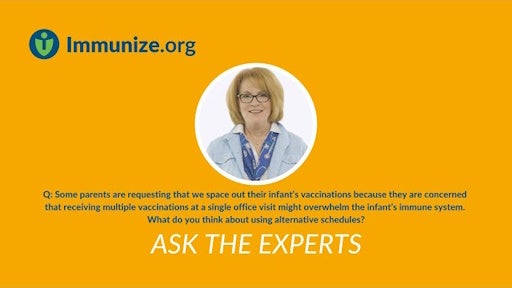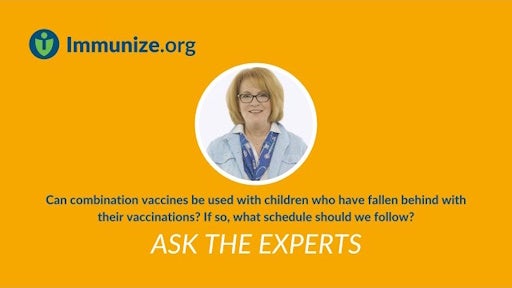Dengue is an infectious disease caused by dengue viruses (DENV) spread among people through the bite of an infected mosquito from the Aedes species (Ae. aegypti or Ae. albopictus). DENV are members of the genus Flavivirus in the family Flaviviridae.
There are four dengue virus serotypes (DENV-1, DENV-2, DENV-3, and DENV-4), all of which circulate globally. The four dengue virus serotypes are closely related but can be differentiated on serologic tests. Infection with one serotype generally produces long-lived immunity to that serotype, but only provides short-lived protection against infection with other serotypes. For this reason, a person can be infected with DENV as many as four times in their lifetime.
Symptoms of dengue range from asymptomatic or very mild (75% of cases) to severe disease complicated by shock, bleeding, or severe organ impairment. Fever is the most common symptom of dengue. Other symptoms can include sudden onset of headache, pain behind the eyes, loss of appetite, abdominal pain, nausea, vomiting, muscle aches, bone and joint pain, and flushing of the face. A generalized flat, red rash is often seen within 3–4 days of fever onset. Symptoms typically last 2–7 days, with most people recovering after about a week.
About 1 in 20 patients with dengue progress to severe dengue, typically 24-48 hours after the fever resolves. Severe dengue can become life-threatening within hours, often as a result of hypovolemic shock due to plasma leakage from the vasculature. There is no specific treatment for dengue. With proper supportive care in a hospital or intensive care unit setting, fewer than one in 100 people with severe dengue may die; fatality rates have been reported as high as 13% in the absence of adequate supportive care.
A person’s risk for progression to severe dengue varies based on several factors. Age (over 60), comorbidities (including pregnancy), host genetics, and the infecting virus strain are risk factors for severe dengue. For any individual, the second infection with a different DENV serotype is the most likely to cause severe dengue compared with the first, third, or fourth infections.
CDC has a website with additional details on the clinical presentation of dengue:
https://www.cdc.gov/dengue/hcp/clinical-signs/index.html.


